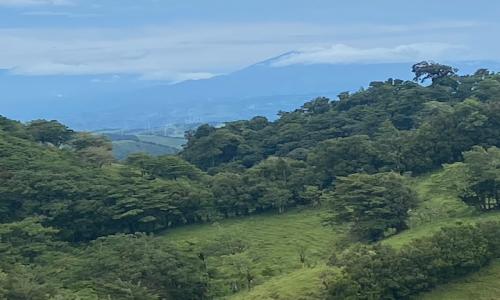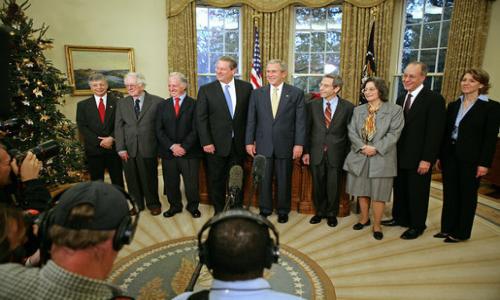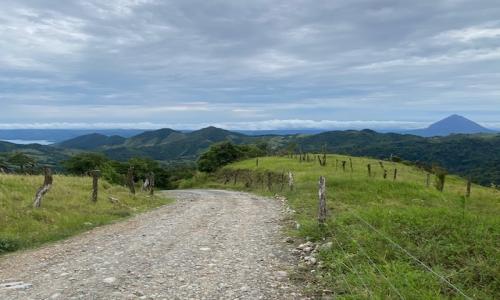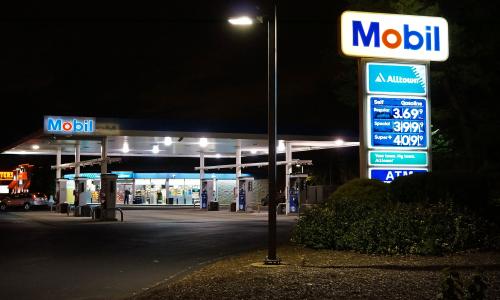At COP26 in Glasgow, unlike before, the financial world showed up and a group of 450 financial institutions pledged to invest $130 trillion in the transition to a low carbon world.
But, there is so much to be done and it is now incumbent upon banks of all sizes in the US – and around the world – to become engaged in the necessary climate transition that must occur to ensure the world remains within what the Paris Agreement deemed acceptable climate change parameters.
The question is how. There is so much to be done. And, while banks come under heavy criticism for their lending to the fossil fuel and coal industry and commitments must be made now to reduce this funding over the next few years, banks must also need to figure out how to more actively engage in a transition.
At the consumer level, it seems obvious that banks can assist any federal and state incentives and require heat pumps and energy efficiencies in any mortgages and home equity loans they extend. Auto loans can be predicated on shorter payback periods with favorable terms extended if the car is removed from service in favor of a fully electric car.
Loans to industry can require immediately methane remediation and sourcing of materials from green carbon-neutral sources. Green steel, for example, could be immediately required, even if that now requires sourcing all steel from Scandinavia where Hybrit and Vow Green Metals are way ahead at this game.
Loans to agriculture can also demand methane procedures around livestock, but also better water and fertilizer practices.
But, the biggest challenge facing banks is that many technologies that have the potential to reduce carbon are still in their infancy and may in fact never materialize – such as the use of hydrogen as a fuel and carbon capture. And, banks and large financial institutions, which are inherently risk averse, will not be able to get comfortable with the risks of these projects.
One area where banks can easily become comfortable and where tremendous progress can be made very quickly is through investing in onshore and offshore wind projects. Wind projects are essential to the new energy infrastructure, offering not only the lowest levelized cost of energy for the next decade, according to the Department of Energy, but also a proven technology that banks across northern Europe have now been actively funding for the last 10 years. Other areas that banks can invest in today without technology risks are solar, energy storage and the laying of cables to expand the electrification of transportation networks.
These types of projects, particularly offshore wind projects, can require complex lending structures to protect the lending banks. The good news is that the repayment periods for the cost of funding are much shorter and collateral can be better securitized than was ever possible for oil and gas project finance structures that major banks were always so eager to fund worldwide. Banks of all sizes in the US can extend capital to these projects at the most senior or secure tranches where the cost of capital is the lowest. Other funding and guarantees can come in at less secure levels in the capital structure by long-term power purchase agreement (PPA) counterparties (utilities or direct partners) or by local and federal agencies. As a result of Build Back Better, there will be a healthy amount of capital available that will be released through these agencies in early 2022.
The highest level of risk in the project (and much higher returns) is then taken by sponsors, by OEMs, by developers or by a group of venture capitalists. Sponsors like NextEra, Brookfield, Orsted and Avangrid will have basically unlimited capacity for these projects in the US.
It is time for banks to begin to act.
Contact me through BestCashCow if you need further direction, advice or introductions.










Add your Comment
or use your BestCashCow account